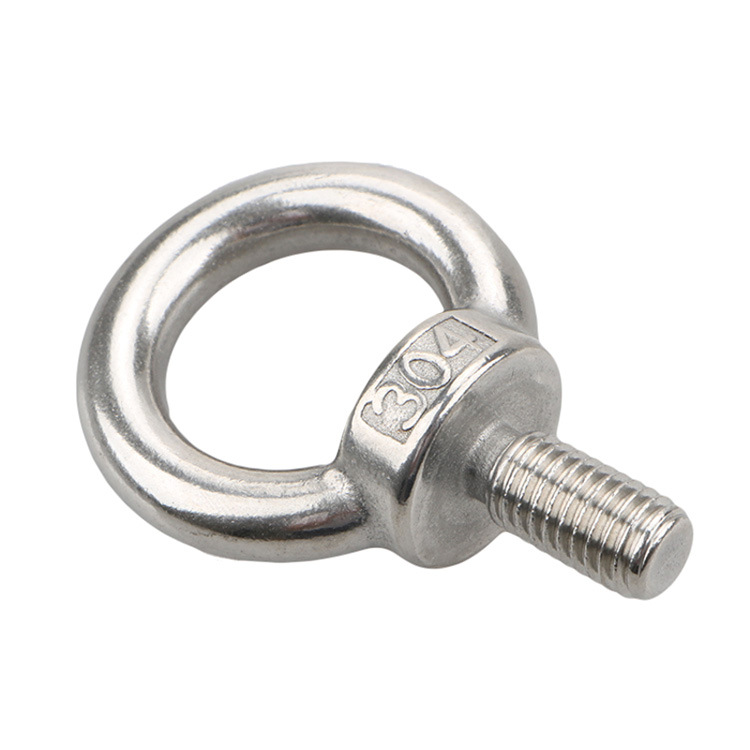Stainless steel background:
By definition, stainless steel chrome content should not be less than 10.5%. In order to prevent stainless steel rust at room temperature, the chromium content of the stainless steel matrix should be about 12%.
Contrary to popular belief, stainless steel will not always be stainless steel. Thermal cycling reduces the chromium content of some stainless steels to rusting levels. But there are many types of stainless steel, so you can usually choose one of them to meet the special use of stainless steel.
300 Series stainless steel
300 Series stainless steel, also known as 18-8 steel, is the most commonly used material for fasteners, joints, pipes, and pipes. Type 304 stainless steel is the most common material for stainless steel fasteners. 18 – eight steel is 300 series stainless steel in the name of the chromium and nickel content. The material on the surface has good corrosion resistance, but will be 304 stainless steel heating to 850 ° F (199 ° C) above, due to the deposition of carbon. Will reduce the chromium content. High temperature chromium and carbon chromium carbide formation, and chromium carbide is not rust. Using 304 l stainless steel can ease the problem, is the 1/3 of type 304 stainless steel 304 l stainless steel carbon content. With 321 stainless steel or 347 stainless steel can eliminate the formation of chromium carbide. 321 stainless steel and 347 stainless steel containing titanium and niobium respectively, whose nature is stable. Because titanium and niobium have a greater affinity for carbon than chromium, they form titanium carbide and niobium carbide with carbon at high temperatures, respectively, and thus chromium is retained. ASTMAl93 300 series stainless steel for bolts are 304, 321 and 347 stainless steel.
Due to the strength of the 300 series stainless steel only strengthened in cold forming, when the temperature reaches 1000 ° F (283 ° C), the thermal cycle can reduce intensity of fasteners to annealing condition. If the strength is not acceptable, so stable material 321 or 347 is not satisfactory. So want to consider other materials.
400 series stainless steel
400 series stainless steel contains less chromium than 300 series stainless steel, but there is no carbon deposition problem like 300 series, and can be heat-treated, can be used in temperatures up to 1200°F(about 393 ° C) working environment. But because of containing chromium is only 12% 14%, in the severe chemical atmosphere corrosion environment, and a 16% to 20% of the 300 series containing chromium, not corrosion. The 300 series stainless steel has the same strength as the 400 series stainless steel. The 300 series stainless steel is not magnetic, while the 400 series stainless steel is magnetic. According to ASTMF593, series 410, 416 and 430 of the 400 series stainless steel are used for fasteners.
A-286 stainless steel
This is a kind of space industry the most widely used stainless steel. It is an iron-based stainless steel with 15% chromium and can be heat-treated and cold-hardened. No cold work hardening tensile strength at 140-180 ksi, heat treatment and cold work hardening is tensile strength reached 220 ksi, but at the moment of elongation relatively low compared with fatigue load. A – 286 working temperature at 423 ° C to 1200 ° C, almost all of the space industry with fastener supplier can provide A -286 fasteners.
summary:
At 1000 ° F (283 ℃) it is unwise to work environment adopts 304 stainless steel, such as the material strength fell by nearly annealing state can accept, can choose a stable material such as 321 or 347 stainless steel, such as high strength requirement, and the corrosion environment is not very serious, can use 400 series stainless steel should be able to meet the requirements. For example, 300 series and 400 series stainless steel can not solve the problem, using A – 286.












